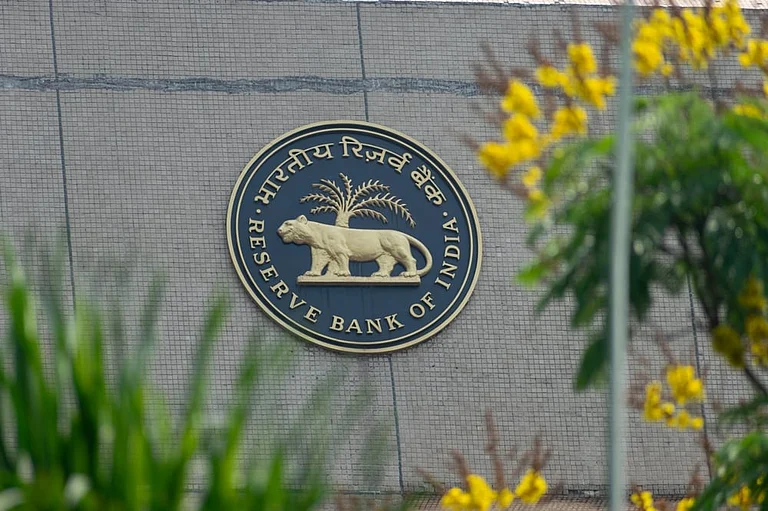The Reserve Bank of India (RBI) on May 19, 2025, provided “in-principle” approval to Emirates NBD Bank PJSC to set up a wholly-owned subsidiary in India. The bank has also been given approval to amalgamate all its existing Indian branches into a single, locally incorporated entity, subject to fulfilment of all conditions stipulated by RBI.
At present, Emirates NBD has branches in Chennai, Gurugram, and Mumbai. With this new sanction, the bank will now consolidate these branches under one Indian subsidiary to provide more extensive services and grow more extensively across India.
What Is A Wholly Owned Subsidiary?
A wholly-owned subsidiary is a subsidiary that is fully owned and controlled by a parent firm. In banking terminology, it implies a foreign bank can establish an Indian company in its full ownership and conduct banking locally, similar to Indian banks.
The RBI’s “Scheme for Setting up of WOS by Foreign Banks in India” was introduced to give foreign banks more freedom to grow in India—while also ensuring they follow India’s banking regulations. Under this scheme, a foreign bank can either start a new subsidiary or convert its existing branches into one.
How The Process Works
While RBI has granted an in-principle approval, Emirates NBD cannot begin operations as a subsidiary yet. The bank must fulfil various conditions laid down by RBI. After the RBI is convinced about the bank’s compliance, it will grant the final licence under Section 22(1) of the Banking Regulation Act, 1949.
These promises typically involve making ensuring the promises of solid capital, appropriate risk controls, and strategy for compliance with Indian securities regulations. It is only after such final clearance that the bank can begin operations as a wholly-owned subsidiary.
Why This Matters For India And Emirates NBD
The development signals a growing confidence in India’s banking industry from overseas participants. Emirates NBD, which is among the largest banks in the Middle East, is already present in India, but opening a wholly-owned subsidiary would enable it to expand its banking service across India. It can open additional branches, provide retail banking services, and participate in initiatives, such as priority sector lending—something that was more difficult in the branch model.
For India’s banking industry, this can speed up competition. Other foreign banks might also enter the fray with wholly-owned subsidiaries, introducing international standards, new technology, and specialised services for customers. It can also help Indian customers, particularly non-resident Indians (NRIs), by providing more choices for global banking and money remittances.
What’s Next For Foreign Banks In India
The RBI has been asking foreign banks to convert to the subsidiary model, since it provides them with greater control over the banks’ operations. The subsidiaries are treated as local banks and are governed by the same norms as Indian banks. This helps shield the financial system, particularly during international banking shocks.
Previously, not all foreign banks were willing to make this transition, primarily due to cost and compliance. But with a leading player like Emirates NBD initiating the move, other foreign banks may also be inclined to take the same path.
This expansion is also an indication of the increasing financial and trade connection between India and the UAE. In recent years, the two countries have sought to build closer ties with each other through trade deals, border payments, and financial cooperation. Emirates NBD’s expansion is another indicator of this growing bond between the two countries.
What It Means For You
If you are an Emirates NBD customer or an individual with cross-border financial requirements, the new subsidiary might provide greater services and access to its banking products in India. It might also translate into greater choices and improved services overall, since competition from foreign banks might push Indian banks to step up services for their high net-worth customers.










